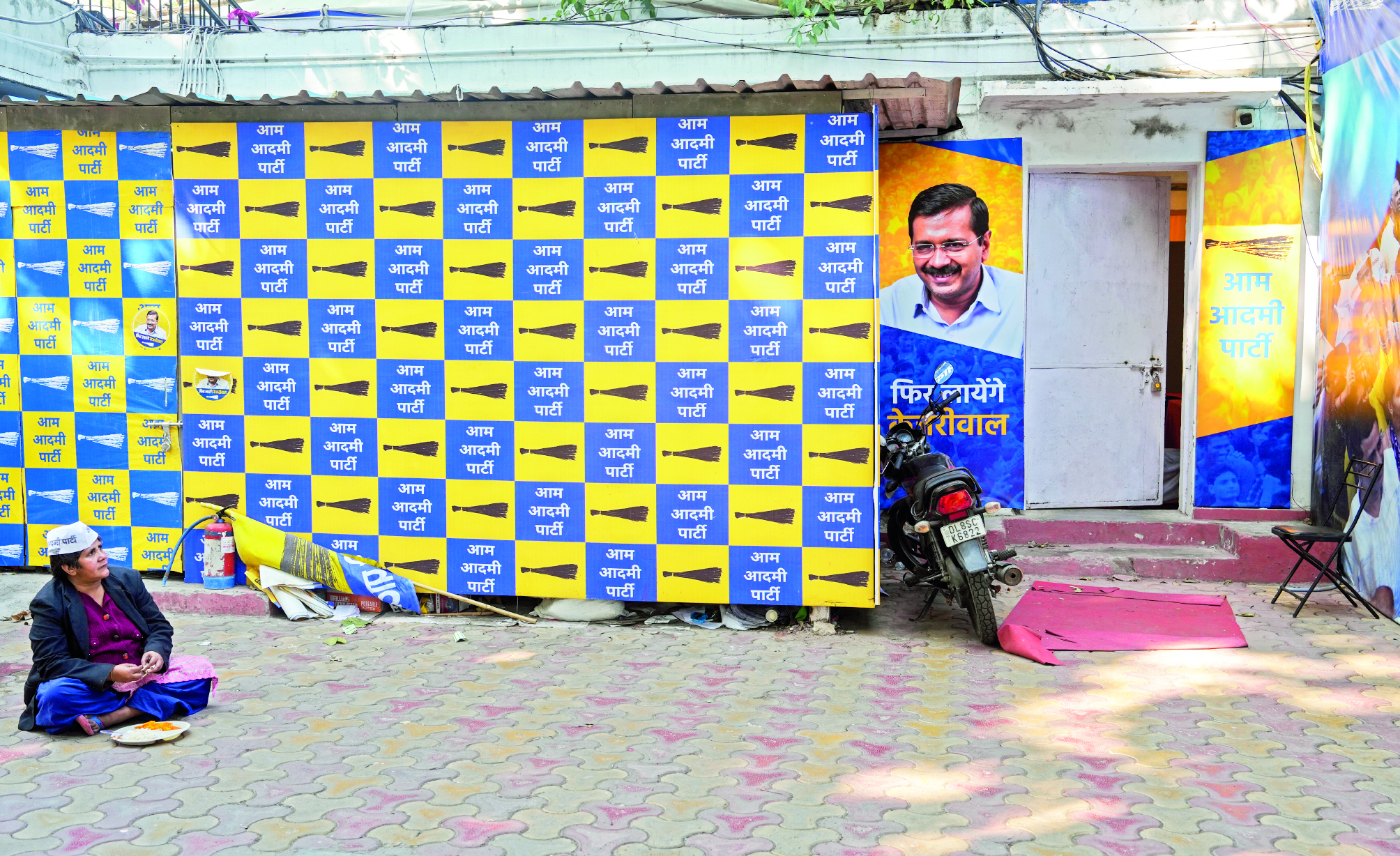
New Delhi, Feb. 11 -- The 2025 Delhi Assembly elections saw a remarkable shift in the political landscape as the Bharatiya Janata Party (BJP) emerged victorious with 48 seats, increasing its average winning margin to 14,725 votes. This marks a notable improvement from its performance in 2020, where the party's average margin was 12,271 votes across the eight seats it won. In contrast, the Aam Aadmi Party (AAP), which had dominated the 2020 elections with 62 seats, saw its numbers plummet to just 22 seats, with a significantly reduced average margin of 17,054 votes compared to 22,076 votes in 2020.
One of the key factors in the BJP's success was its ability to gain a 2,500-vote bump in its average margin, even as the AAP saw a decline of over 5,000 votes in its average margin per seat. A closer examination of the different categories of Delhi's 70 Assembly seats reveals a shift in voter behaviour. The AAP maintained a higher average margin in Muslim-dominated, urban, and rural constituencies compared to the BJP, though the gap between the two parties has narrowed.
The party's performance in Scheduled Caste (SC) seats saw a dramatic turnaround. In 2020, AAP had won all 12 SC seats with an average margin of 29,133 votes, but this year, its average margin in these seats was nearly halved. The BJP, on the other hand, increased its average vote count in SC constituencies by about 11,000 votes, securing an average of 59,779 votes per seat.
In the Muslim-majority constituencies, the AAP still outperformed the BJP. Of the 10 seats where Muslims make up more than 20 per cent of the population, the AAP won seven, but with a lower average margin of 26,371 votes, down from 41,904 votes in 2020. The BJP managed to capture three of these seats, marking a significant improvement from just one seat in 2020.
Urban constituencies proved to be a battleground for both parties. While Delhi is predominantly urban, the BJP's gains were substantial in these areas. In the 52 urban seats, the BJP won 35 seats with an average margin of 13,668 votes, while the AAP won the remaining 17 seats with a larger average margin of 16,176 votes. This indicates a shift in urban voter sentiment from AAP to BJP, with some urban constituencies also witnessing
a surge in Congress votes.
In rural areas, the BJP's performance was stronger, bagging 13 out of 18 rural seats with a margin of 17,128 votes. In 2020, AAP had dominated rural constituencies, winning 17 of them with a much higher margin. However, this year, the BJP made significant inroads into rural areas, marking a clear shift in the region's political dynamics.
The Congress, though far from challenging the two main parties, also saw gains, particularly in SC and urban constituencies, reflecting the shifting political alignments in Delhi.
Published by HT Digital Content Services with permission from Millennium Post.
